Business in Australia, Sydney, Canberra, Perth

Australian Foreign Trade, Adelaide, Brisbane, Melbourne (Australia)
- Introduction to Australia (Oceania)
- Australian Economy
- International Trade of Australia
- Investment in Australia
- Business Opportunities in Australia:
- Australian Agribusiness
- Manufacturing
- Financial services
- Biotechnology
- Case Study: Information and Communications Technology sector
- Business in...
- Sydney
- Canberra
- Adelaide
- Brisbane
- Melbourne
- Access to the Australian Market
- Business Plan for Australia
The objectives of the subject “International Trade and Business in Australia” are the following:
- To analyze the Australian Economy and Global Trade
- To know the trade opportunities in Australia
- To explore the Australian trade relations with the country of the student
- To know the Australian Trade Agreements
- To develop a business plan for the Australia market

The Subject “Foreign Trade and Business in Australia” belongs to the following Online Programs taught by EENI Global Business School:
Masters: International Business, Foreign Trade.
Languages:  or
or  Australia
Australia  Australie.
Australie.
- Credits of the subject “Doing Business in Australia”: 3

- Duration: three weeks
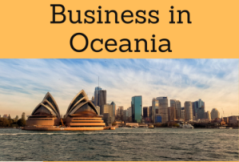
 Masters adapted to Australian Students.
Masters adapted to Australian Students.
International Trade and Business in Australia
Australia is the world's 13th largest economy.
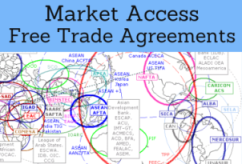
Preferential Access and Trade Agreements of Australia
- Australia and the Economic Area of Oceania
- APEC
- Indian-Ocean Rim Association
- Pacific Islands Forum
- Oceania Customs Organization
- Pacific Agreement on Closer Economic Relations Plus (PACER Plus)
- South Pacific Regional Trade and Economic Cooperation Agreement (SPARTECA)
- Australia-New Zealand Closer Economic Relations Agreement
- Australia-Papua New Guinea Free Trade Agreement (PATCRA)
- Australia-U.S.
- Australia-Chile Agreement
- Singapore-Australia Agreement
- India-Australia FTA
- ASEAN-Australia-New Zealand Agreement
- Australia-China Agreement
- Australia-Hong Kong China Agreement
- Indonesia-Australia Comprehensive Economic Partnership Agreement
- Peru-Australia Agreement
- South Korea-Australia Agreement
- Japan-Australia Agreement
- Malaysia-Australia Agreement
- Thailand-Australia Agreement
- Trade Agreements with the Gulf Cooperation Council (GCC) and Honduras
- Regional Comprehensive Economic Association
- Agreement for Trans-Pacific Partnership
- South Asian Association for Regional Cooperation (Observer)
- SICA (observer)
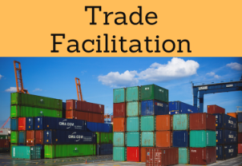
- WTO
- GATS
- Agreement on the Application of Sanitary Measures
- Agreement on Technical Barriers to Trade
- Agreement on Preshipment Inspection
- Agreement on Safeguards
- Trade Facilitation Agreement
- WCO
- Kyoto Convention
- BIC (Containers)
- Chicago Convention (ICAO)
- IMO
- Convention for Safe Containers
- Istanbul Convention
- Customs Convention on Containers
- TIR Convention (Road Transport, IRU)
- International Chamber of Shipping (ICS)
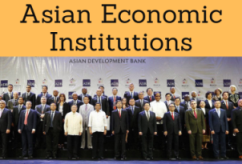
- Boao Forum for Asia
- ESCAP
- East Asia-Latin America Cooperation
- Asia-Europe Meeting
- Colombo Plan
- Africa-Asia Strategic Partnership
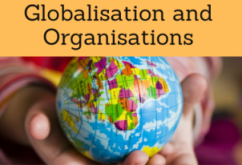
Global Economic Organizations and Conventions of Australia
- PEEC
- Commonwealth
- OECD
- OECD anti-corruption measures
- UN
- UNCTAD
- ITC
- UNCITRAL
- WIPO
- WB
- WTO
- IMF
- ...
The Commonwealth of Australia (Asia-Pacific).
- The capital of Australia is Canberra
- Sydney is the main Australian city of business
- Other Australian cities are Melbourne, Brisbane, Perth, and Adelaide
- Australian states: New South Wales, Queensland, South Australia, Tasmania, Victoria, and Western Australia
- Australian population: 23.6 million people
- Area of Australia: 7,692,024 km² (the sixth largest country in the world)
- Australia (almost a continent) does not share borders with any country
- Indonesia, East Timor, Papua New Guinea, Solomon Islands, Vanuatu, New Caledonia, and New Zealand are the closest countries to Australia
- Australia has no official language, although English is the language of Australians, as well as several aboriginal languages
- Australia is a Federal Parliamentary Constitutional Monarchy; Queen Elizabeth II is the Head of State
- Australia gained the independence from the UK in 1901
- In 1975 Papua New Guinea gained the independence from Australia
Australia belongs to the Economic Area of Oceania (Western Civilization).
Christianity (Protestantism) is the main religion in Australia (16 million people, 1 million of Methodists), there are 5 million of Catholics.
- 160,000 Maronites (Christians)

Australian Economy.
Australia: an strategic location for international business opportunities in the Asian markets (China, India).
- 20% of the Australian GDP is generated from international trade
- Services are the pillar of the Australian economy, which account for just over 60% of the economic activity
- Foreign direct investment stock: 36% of the Australian GDP
- The United States and the UK are the largest investors in Australia
- The Australian economy was ranked in the top three economies in the Asia-Pacific region for its competitiveness
- Top rank financial services sector. Australia has a very sophisticated financial sector and is one of the largest financial centers in the region
- Australia is well placed to capitalize the economic growth of China and India
- Currency of Australia: Australian dollar (AUD)
Global Trade and Business in Australia
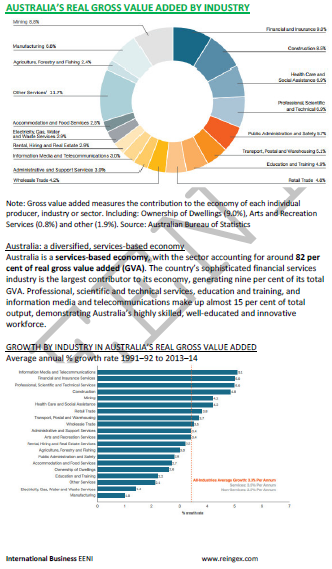
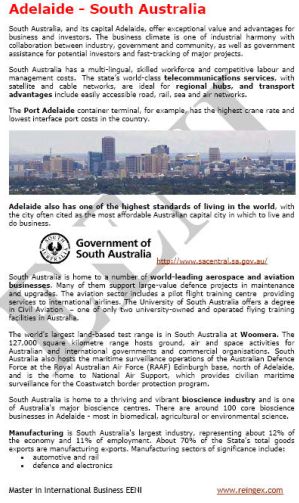
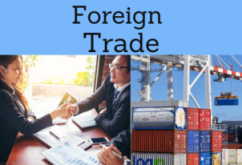
International Trade of Australia.
- Australian exports: more than 20% of the Australian GDP. 176,000 million dollars
- Asia-Pacific Markets: 68% of the foreign trade (products and services)
- Main export products of Australia are coal, iron ore, gold, meat, wool, wheat, machinery, and transport equipment
- Largest export markets of Australia are China, Japan, South Korea, India, the U.S., and the UK
- Main import products from Australia are machinery and transport equipment, computers, telecommunication, crude oil
- Main suppliers of Australia are China, the U.S. (20,050 million dollars), Japan, Thailand, and Singapore
- The countries belonging to the Asia-Pacific Economic Cooperation - Pacific (APEC) represent 68.1% of the Australian foreign trade of products and services
- The U.S. is one of the largest trade partners of the Australian products, and the largest foreign direct investment source
- Japan has been the largest export market for Australia for forty years. Export products to Japan amounted to 52,500 million dollars, more than the combined value of the exports of goods to China and the U.S.
- Australian foreign trade with China reached 83,000 million dollars. Australia exported products and services worth 44,400 million dollars to China
- Bilateral trade relationship with Indonesia is stable with a total foreign trade of 11.5 billion dollars, making Indonesia its 13th largest trading partner
- Singapore is the largest trading and investment partner of Australia in the ASEAN Region
- The EU remains one of the most significant investors in Australia; the European investments represent about 34% of the total foreign direct investment
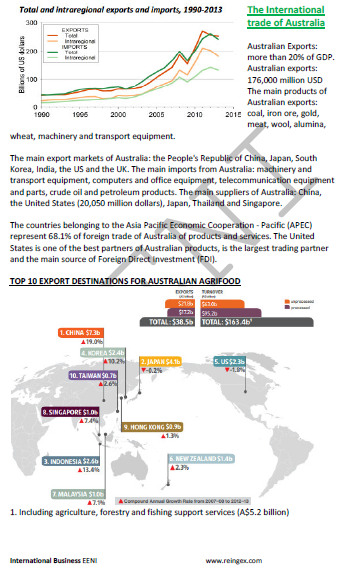
Australian Market Access and Trade Agreements
Australia has bilateral Trade Agreements with New Zealand, the U.S., Singapore, Thailand, Chile, and the ASEAN.
Australia is negotiating seven Trade Agreements and bilateral agreements with China, Japan, Korea and Malaysia, and regional/multilateral Trade Agreements with the GCC, the Trans-Pacific Partnership Agreement (CPTPP) and the New Pacific Trade and Economic Agreement (PACER Plus).
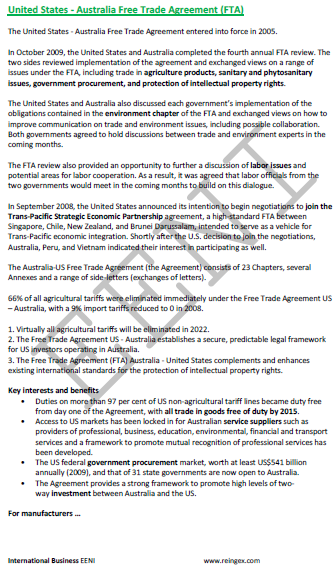
(c) EENI Global Business School (1995-2024)
We do not use cookies
Top of this page



